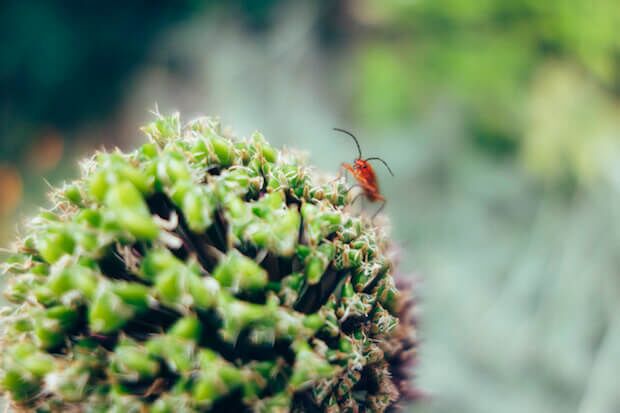
Did you know that plants can communicate? If you didn’t, imagine what a long lasting impression this science lesson might leave on kids! Here we’ll tell you a few incredible facts and some sample lesson plans you can use to teach your class about the ways plants ‘talk.’
Teach kids how plants communicate through a “biological internet”
A crucial part of a plant’s form of communication lays in the network of fungi beneath their root system. BBC Earth has a fascinating article on the topic. Biologists have begun using the term “wood wide web.” It is through mycelial connections that plants can ‘talk’ with each other if they are in danger and then release the appropriate chemical response.
Here is a science lesson with great activities on exploring fungi above and below the surface. You could get your class to plant a fungus garden after teaching them this science lesson about plants!
Show your class how plants call for help when they are under attack
“What Plants Talk About” is a great PBS documentary (which you can find on Netflix or YouTube) to show to your class.
The scent released by some plants is actually used as a call for help. For example, wild tobacco releases the toxin nicotine which can poison a lot of the herbivores wanting to eat this plant. However, this toxin does not work with the hornworm caterpillar. So the wild tobacco releases a chemical message (or a call for help) to attract predators that love eating caterpillars.
Try a role play in the classroom where some kids act as the tobacco plant, and some as the caterpillars. You get the idea!
Kids can learn how plants ‘talk’ with different pollinators to defend themselves
Following the case study of the wild tobacco, the PBS documentary linked to above shows how this particular plant can switch conversations between pollinators.
The hawk moth is the main pollinator of the wild tobacco. But it lays large numbers of caterpillar eggs. So the wild tobacco changed its bloom time and the shape of its flowers. By doing this, the plant stopped ‘talking’ with the hawk moth. The plant then began communicating with the hummingbird, a pollinator that does not pose any danger to the plant.
You could use this lesson plan focused on how plants defend themselves to explore this topic with your class. In addition, this lesson can reinforce the concept of pollination.
Teach your class how plants can ‘eavesdrop’ on other plants for defence
Plants not only pay attention to each other, but they are also keen in receiving signals from herbivores themselves. When a plant has already been attacked by a predator, the chemical it releases (or the plant’s call for help) can be received by a neighbouring plant. Then the plant gets its own defence mechanism ready in case it is also attacked. But even prior to being attacked, a plant can ‘eavesdrop’ on its predator and prepare its defence.
Here is a comprehensive lesson plan about plant invasion and defence that you could modify to teach your class.
TEDEd also has a great online lesson on plant communication that may be shown in the classroom.
There is more to plants than looking and smelling nice! They are not just passively existing on their own. But rather, plants are ‘listening and talking’ to their surroundings. Next time children look at plants, try to get them to see this part of nature in a whole different way!
See other focused science lessons on our blog!
- Focused lesson — teaching kids the science of honeybees
- Science lesson: teach students about autumn’s nature changes
- Focused science lesson: teaching kids about salmon controversies during the B.C. salmon run
- Focused learning: the history of tea and the science behind it
- Optical illusions: A hands-on science activity for kids



